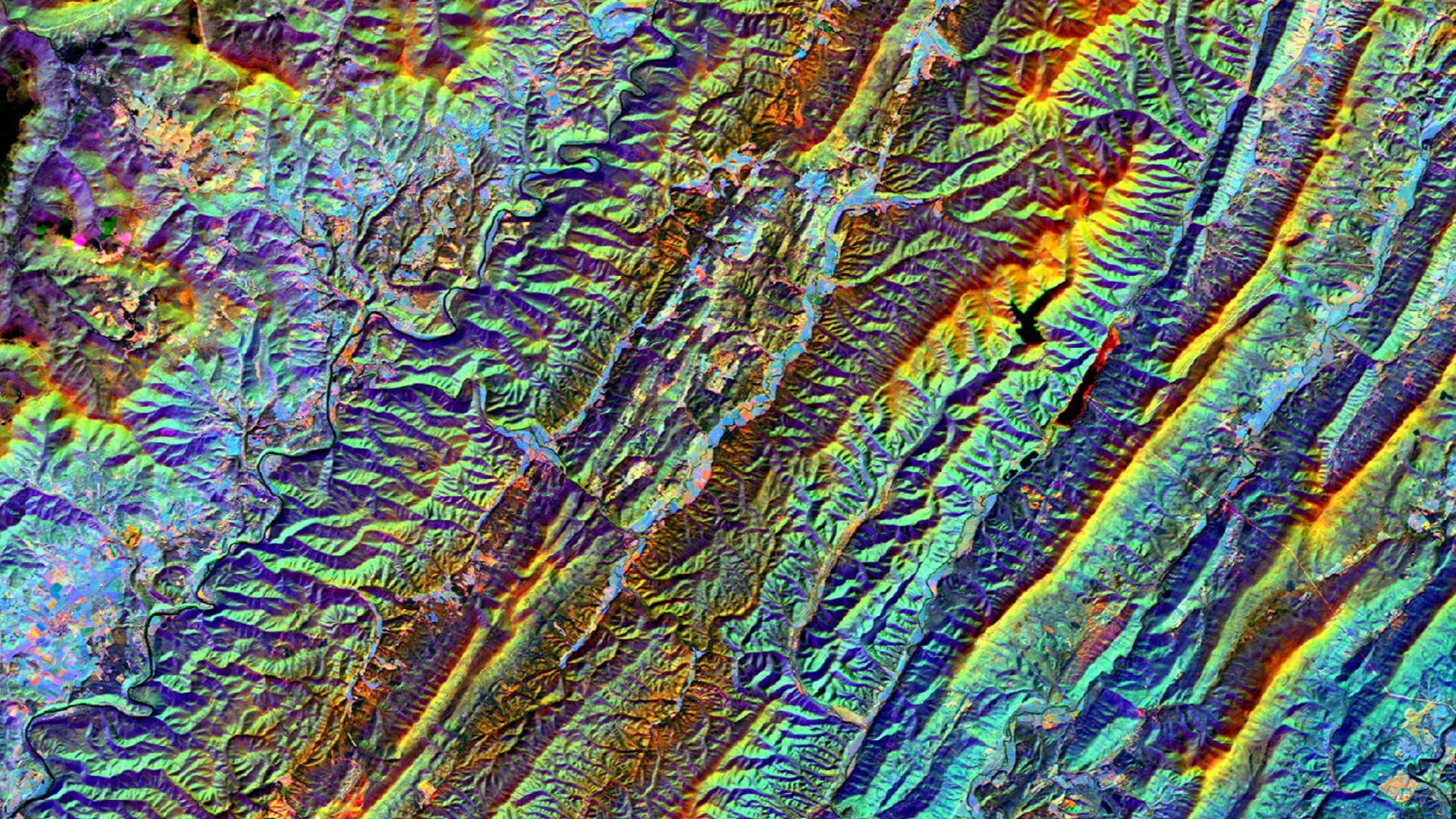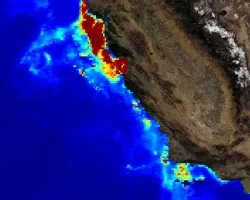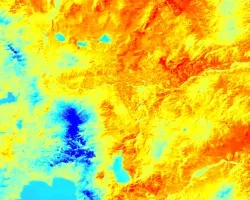
the Monongahela National Forest (MNF), situated in the Allegheny Highlands of West Virginia, extensive logging and mining practices have significantly altered the structure and composition of flora and fauna over the past two centuries. Of particular concern to MNF land managers are red spruce (Picea rubens) stands, which provide shelter and food to several endangered and threatened species. To aid red spruce restoration, this study mapped current and historical stands and identified non-native stands with suitable habitats for red spruce in the Sharp Knob Red Spruce Restoration Area. Data from Landsat 5 Thematic Mapper (TM), Landsat 8 Operational Land Imager (OLI), and Shuttle Radar Topography Mission (SRTM) were input into classification tree and fuzzy logic algorithms. Furthermore, 2018 classification maps were utilized in the TerrSet Land Change Modeler to forecast red spruce extent up to 2040. As a product of these analyses, we produced three sets of maps: four time series maps of red spruce stands from 1989 to 2018, a map that identifies suitable stands for future restoration efforts, and a red spruce land cover change map up to 2040. Our results indicate that 562 hectares are suitable for future restoration in Sharp’s Knob, with an 8% gain in red spruce stands from 1989 to 2018. However, forecasting results indicate that management intervention will be necessary for this trend to continue.



